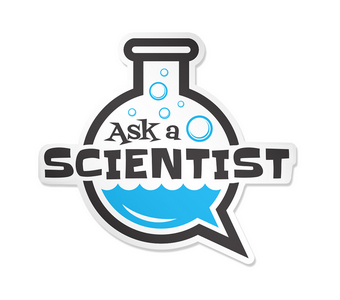Hello Brunswick students,
Here are some answers to questions of students from Cape Elizabeth.
Is it possible to split an atom up into two without destroying it?
Yes. It’s called atom interferometry and it’s awesome. The atoms you learn about are what’s called the “Bohr Model”. They are made of little proton, neutron, and electron particles. The protons and neutron are at the center of the atom in the nucleus and the electrons orbit around in nice circles. The only problem is that this is NOT the current model of what we think the atom looks like!
The truth is, we don’t actually know where the electrons are, but we do know that they don’t move in nice perfect circles. So imagine an atom right now. We still believe that there are protons and neutrons in the center, but the electrons are in a large, fuzzy cloud around the nucleus. This is the current model of the atom. We don’t know exactly where the electrons are, but we do know that the cloud looks roughly like a sphere
So why did I tell you about the fuzzy sphere? We can bend and stretch this sphere so that it doesn’t look like a sphere anymore. It’s almost like a water balloon. It can be spherical or it can stretch to be more like a tube, however the amount of material doesn’t change. In the laboratory, scientists can change the shape of the atom by using electricity and magnets or by shooting the atom with lasers.
There are experiments where scientists have separated this fuzzy blob that is an atom into two pieces separated by up to 12cm and have brought them back together. This is stretching the usual size of the atom by about one billion times! The atom has been split up, but it gets to come back together in the end (no destruction).
- Nick
Within a category of atoms, are they all the same?
Chemical elements, that are listed on the Periodic Table, are the different categories for atoms. There are three main parts to an atom, the proton, the electron and the neutron. Protons and neutrons are clumped together in the center of the atom (in the nucleus), while the electrons orbit outside. The main identifier for an atom is the number of protons it has. This also matches its number on the Periodic Table.
Every type of element has the same number of protons. For example, Hydrogen always has one proton and if it somehow gets another proton it would become Helium, as Helium always has two protons. So for each element the number of protons is always the same. However, the number of neutrons and electrons can vary. If the number of neutrons varies, but the protons are the same, the atoms are called isotopes of each other. Isotopes have different properties and behaviors from each other, but are still in the same general category of the element. Isotopes differ from each other most in terms of weight.
Similarly, if the number of electrons varies, but the protons are the same, the atoms are called ions of each other. Ions also have different properties and behaviors, but can still be in the same general category of the element. Ions differ from each other most in terms of charge and minimally in terms of weight. Overall, within a category of atoms the only thing that is always constant is the number of protons, while the number of electrons and neutrons may vary.
- Kara
